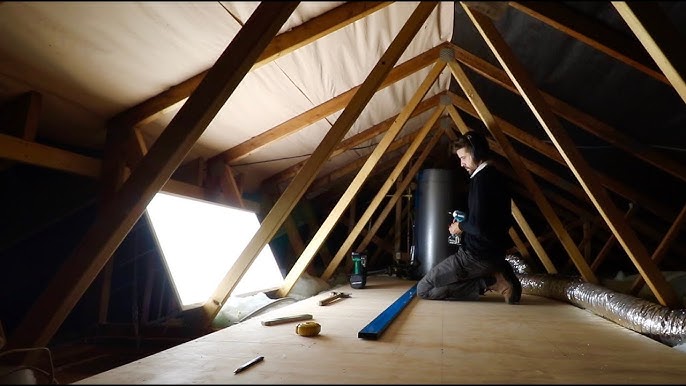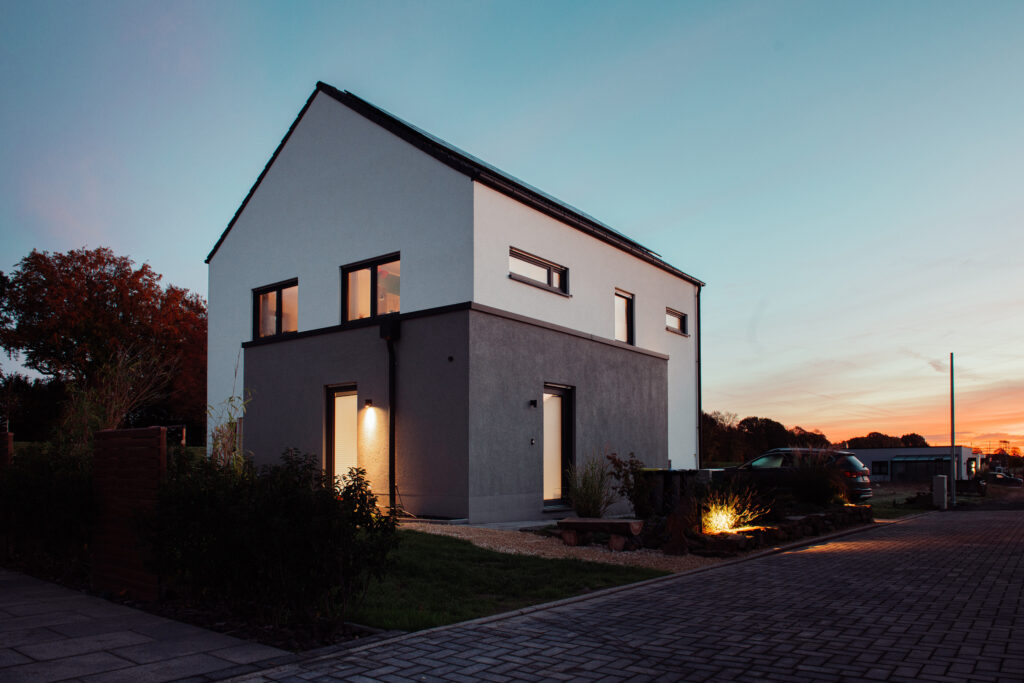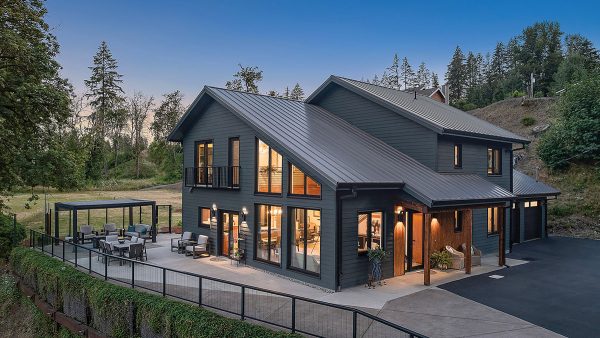Creating a peaceful home environment is a dream for many homeowners. Whether you’re a real estate developer or a homeowner, understanding attic soundproofing methods is crucial. The attic, often underutilized, can be a source of unwanted noise. Thankfully, there are effective strategies to transform your attic into a serene space.

Understanding the Importance of Soundproofing
Soundproofing your attic is essential for a harmonious living environment. Noise pollution can disrupt sleep, reduce productivity, and increase stress levels. By implementing attic soundproofing methods, you can create a space that enhances comfort and tranquility.
Identifying Noise Sources
Before diving into soundproofing, it’s important to identify the sources of noise. Common culprits include external traffic, rain, and wind noise, as well as internal disturbances from other parts of the house. Addressing these sources will guide you in choosing the right soundproofing techniques.
Basic Attic Soundproofing Techniques
There are several basic techniques to soundproof your attic effectively:
1. Insulation
Insulation is the first line of defense against noise. Materials such as fiberglass, cellulose, and foam can absorb sound vibrations, preventing them from entering your living space. Consider reviewing attic lighting to ensure it complements your insulation efforts.
2. Sealing Gaps and Cracks
Gaps and cracks are gateways for sound to travel. Use caulking or weatherstripping to seal these openings. This simple step can significantly reduce noise transmission.
3. Acoustic Panels
Acoustic panels absorb sound waves, reducing echo and noise levels. They are available in various designs, allowing you to maintain aesthetic appeal while enhancing soundproofing.
Advanced Soundproofing Strategies
4. Soundproof Drywall
Replacing regular drywall with soundproof drywall can be a game-changer. These panels are denser and designed to block sound effectively, making them ideal for attics.
5. Mass Loaded Vinyl
Mass Loaded Vinyl (MLV) is a versatile material that adds mass to walls, floors, and ceilings. It is highly effective in blocking sound, making it a popular choice for attic soundproofing.
6. Floating Floors
Installing a floating floor involves adding a layer of resilient material between the subfloor and the finish floor. This technique reduces sound transmission through the floor structure.
Choosing the Right Materials
Selecting the appropriate materials is crucial for effective soundproofing. Consider factors such as density, thickness, and installation method when choosing materials like insulation, drywall, and acoustic panels.
Consulting with Professionals
If you’re unsure about the best attic soundproofing methods for your space, consulting with a professional can provide valuable insights. Experts can assess your attic and recommend tailored solutions to meet your needs.
Maintaining a Soundproof Attic
Once you’ve implemented soundproofing techniques, regular maintenance is essential. Check for wear and tear, and address any issues promptly to ensure your attic remains a quiet haven.
Periodic Inspections
Conduct periodic inspections to identify any new gaps or damage. Keeping your attic well-maintained will preserve its soundproofing capabilities.
Benefits of a Soundproof Attic
Beyond reducing noise, a soundproof attic offers several benefits:
Increased Property Value
A soundproof attic can enhance your property’s market value. Potential buyers value a quiet home environment, making soundproofing a worthy investment.
Improved Energy Efficiency
Soundproofing materials often contribute to better insulation, improving your home’s energy efficiency. This can lead to lower utility bills and a reduced carbon footprint.
Common Mistakes to Avoid
When soundproofing your attic, be mindful of common mistakes:
Neglecting Airflow
Ensure that soundproofing efforts do not compromise attic ventilation. Proper airflow is essential for preventing moisture buildup and maintaining a healthy environment. For more insights, visit Owens Corning.
Ignoring Professional Advice
While DIY approaches can be effective, ignoring professional advice can lead to suboptimal results. Consult with experts to avoid costly mistakes.
Conclusion
Attic soundproofing methods offer a pathway to a quieter, more comfortable home. By implementing these strategies, you can transform your attic into a peaceful retreat. Whether you choose basic techniques or advanced solutions, the benefits of soundproofing are undeniable.

FAQs
How much does attic soundproofing cost?
The cost of attic soundproofing varies based on the methods and materials used. Basic techniques like insulation and sealing are more affordable, while advanced methods like soundproof drywall may incur higher costs.
Can I soundproof my attic myself?
Yes, many attic soundproofing methods can be done as DIY projects. However, consulting with a professional can ensure optimal results, especially for more complex techniques.
Will soundproofing affect attic ventilation?
Proper soundproofing should not compromise ventilation. It’s important to maintain airflow to prevent moisture issues. Consider consulting resources like energy-efficient homes for more guidance.
This article contains affiliate links. We may earn a commission at no extra cost to you.




